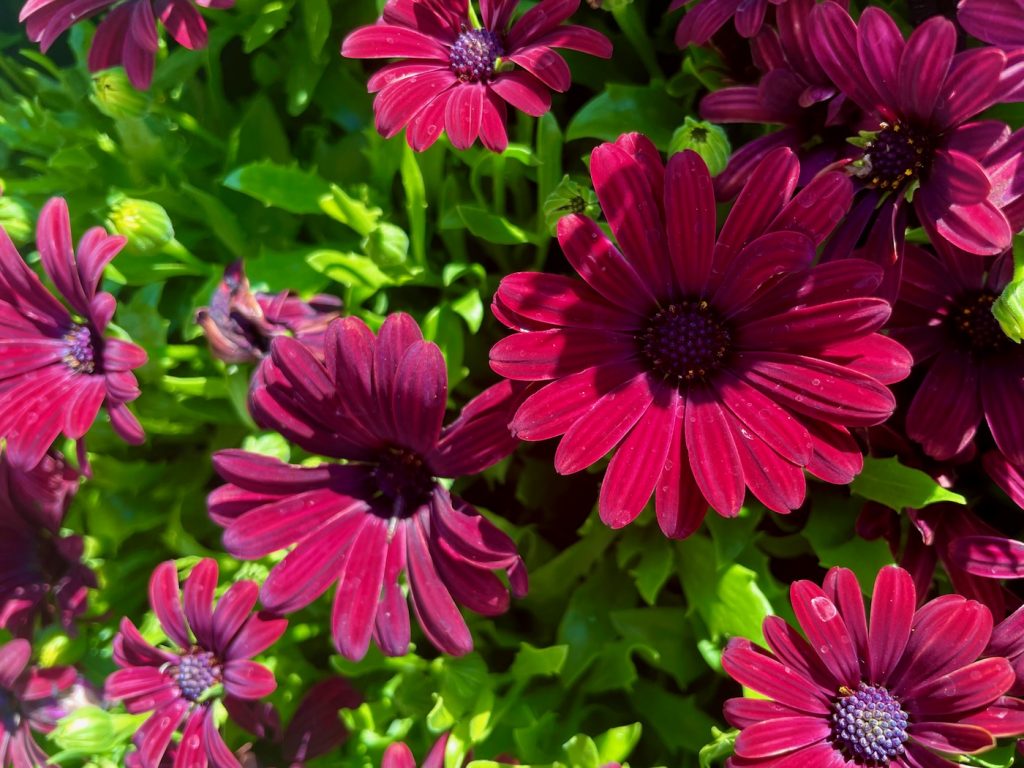Unleash the Beauty of Alpine Knotweed: Cultivating and Nurturing Persicaria alpina
Persicaria alpina, commonly known as Alpine Knotweed, is a notable member of the Polygonaceae family, which encompasses various plants like buckwheat, rhubarb, and sorrel. This perennial species is indigenous to Europe, Asia, and North America, and it was first classified by Carl Linnaeus in 1753, a renowned Swedish botanist recognized as the father of modern taxonomy.
Characteristics: Persicaria alpina is a robust herbaceous perennial that reaches a height of 3 to 5 feet. It features lance-shaped green leaves and showcases elegant plumes of small creamy-white flowers during the summer months. These flowers give way to pinkish-red seed heads in late summer, adding to the plant’s visual appeal. It exhibits a clump-forming growth habit and requires low maintenance. Despite its impressive stature, Persicaria alpina is not considered invasive, though it necessitates adequate space to thrive. This remarkable perennial is well-suited for the back of borders or as a flowering hedge, and it displays excellent tolerance to heat, humidity, and, once established, moderate drought conditions.
Plant Family:
Persicaria alpina belongs to the Polygonaceae family, an extensive group of flowering plants consisting of over 1,000 species. This family has a global distribution, with particular richness in temperate regions. Polygonaceae members exhibit diverse characteristics, including edible leaves, stems, and fruits, contributing to their ecological and cultural significance.
Origin: Native to Europe, Asia, and North America, Persicaria alpina can be found thriving in various habitats such as meadows, woodlands, and wetlands. Its natural growth occurs predominantly in moist, shaded areas, where it adapts and flourishes.
Uses: Persicaria alpina serves multiple purposes, making it a versatile plant of interest. It is widely employed as an ornamental plant in gardens, adding aesthetic value to diverse settings. Additionally, it holds a place in traditional Chinese medicine, where it is utilized for its medicinal properties. Throughout history, this plant has been used to alleviate conditions such as fever, inflammation, and diarrhea.
Cultivation of Persicaria alpina:
Growing Conditions: Persicaria alpina thrives in a variety of growing conditions. It prefers moist, well-drained soil that is rich in organic matter. However, it can also tolerate poorly drained soil to some extent. This versatile plant can be grown in full sun or partial shade, adapting well to different light conditions.
Planting: When planting Persicaria alpina, choose a suitable location that provides the desired amount of sunlight. It is best to plant it in the spring or fall when the weather is mild. Prepare the planting area by loosening the soil and incorporating organic matter to improve drainage and fertility. Dig a hole that is slightly larger than the plant’s root ball and place the plant at the same depth as it was in its nursery container. Backfill the hole with soil, firming it gently around the roots, and water thoroughly.
Watering: Regular watering is important during the establishment phase of Persicaria alpina, particularly during the first year after planting. Ensure that the soil remains consistently moist but not waterlogged. Once the plant is established, it becomes more tolerant of drought, but it still benefits from occasional deep watering during prolonged dry periods.
Fertilizing: Persicaria alpina generally does not require heavy fertilization, especially if the soil is already rich in organic matter. However, you can apply a balanced slow-release fertilizer in the spring to promote healthy growth and flowering. Follow the manufacturer’s instructions for application rates.
Propagation:
Persicaria alpina can be propagated through seed or division. If propagating by seed, sow them indoors in early spring or directly in the garden after the last frost. Keep the soil consistently moist until germination occurs. For division, choose a mature plant and carefully dig it up in the spring or fall. Divide the plant into smaller sections, ensuring that each division has sufficient roots. Replant the divisions in their desired locations, and water thoroughly.
Pruning: Pruning requirements for Persicaria alpina are minimal. While it does not require regular pruning, you may want to deadhead spent flowers to encourage new blooms and maintain a tidy appearance. This can be done by cutting back the flower stalks to a lower set of leaves. In late fall or early winter, you can cut the plant back to the ground to prepare it for the dormant season. This pruning helps rejuvenate the plant and promotes vigorous growth in the following season.
Pests and Diseases: Persicaria alpina is generally resistant to serious pest and disease problems. However, it can be susceptible to powdery mildew, especially in humid climates. If you notice signs of powdery mildew, such as a white powdery coating on the leaves, treat the plant with an appropriate fungicide according to the manufacturer’s instructions.
Toxicity: While Persicaria alpina is not considered toxic to humans or animals, it contains oxalic acid, which can be harmful if consumed in large quantities. As a precaution, avoid ingesting the plant and take care when handling it to prevent skin irritation. If you have any concerns, consult with a medical professional or poison control center.

Also, read about Persicaria angustifolia var laxmannii and Persicaria amplexicaulis ‘Rosea’.





